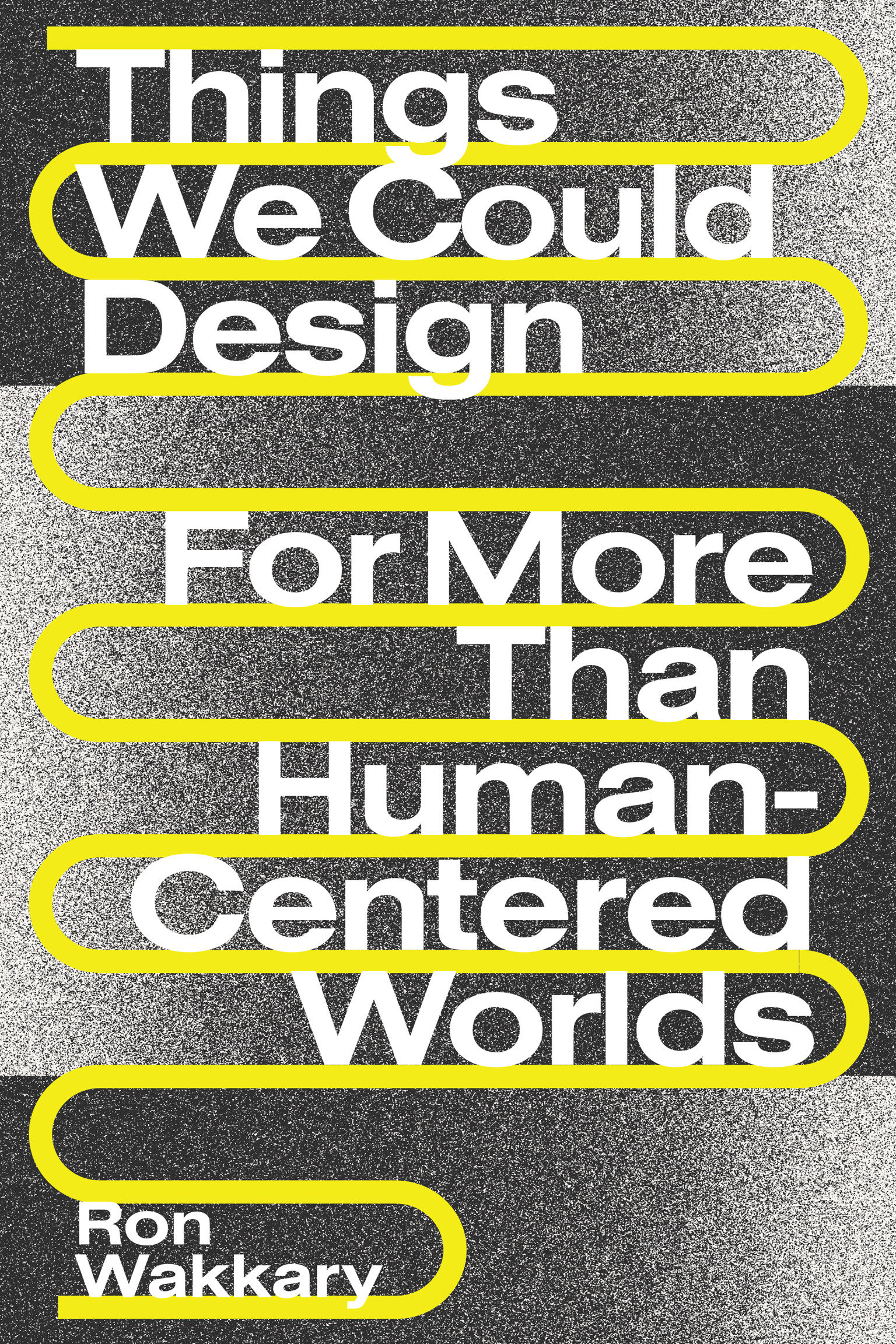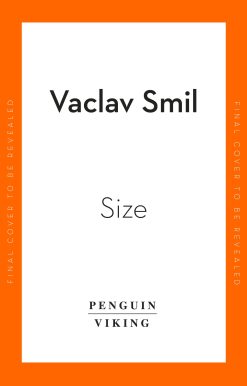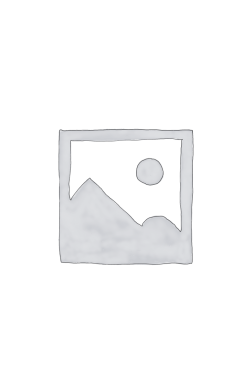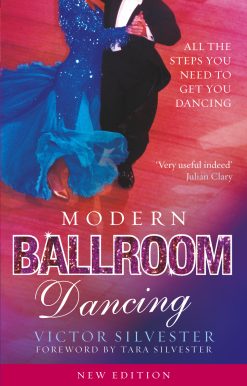Things We Could Design: For More Than Human-Centered Worlds
26.00 JOD
Please allow 2 – 5 weeks for delivery of this item
Description
How posthumanist design enables a world in which humans share center stage with nonhumans, with whom we are entangled.Over the past forty years, designers have privileged human values such that human-centered design is seen as progressive. Yet because all that is not human has been depleted, made extinct, or put to human use, today’s design contributes to the existential threat of climate change and the ongoing extinctions of other species. In Things We Could Design, Ron Wakkary argues that human-centered design is not the answer to our problems but is itself part of the problem. Drawing on philosophy, design theory, and numerous design works, he shows the way to a relational and expansive design based on humility and cohabitation. Wakkary says that design can no longer ignore its exploitation of nonhuman species and the materials we mine for and reduce to human use. Posthumanism, he argues, enables a rethinking of design that displaces the human at the center of thought and action. Weaving together posthumanist philosophies with design, he describes what he calls things–nonhumans made by designers–and calls for a commitment to design with more than human participation. Wakkary also focuses on design as “nomadic practices”–a multiplicity of intentionalities and situated knowledges that shows design to be expansive and pluralistic. He calls his overall approach “designing-with”: the practice of design in a world in which humans share center stage with nonhumans, and in which we are bound together materially, ethically, and existentially.
Additional information
| Weight | 0.52 kg |
|---|---|
| Dimensions | 1.86 × 15.4 × 23.2 cm |
| PubliCanadanadation City/Country | USA |
| by | |
| Format | Paperback |
| Language | |
| Pages | 312 |
| Publisher | |
| Year Published | 2021-8-24 |
| Imprint | |
| ISBN 10 | 0262542994 |
| About The Author | Ron Wakkary is Professor in the School of Interactive Arts and Technology and founder of the Everyday Design Studio at Simon Fraser University and Professor and Chair of Design for More Than Human-Centred Worlds in Industrial Design at Eindhoven University of Technology. |
2021 Kyoto Global Design Award Winner“Deep, beautiful, and a little quirky." —Thomas Girard, The Ormsby Review |
|
| Other text | “Ron Wakkary sets a new bar for thinking theoretically with and through design. This remarkable book should be read over and again, with new layers and resonances emerging each time.”—Paul Dourish, Chancellor’s Professor of Informatics, University of California, Irvine; author of The Stuff of Bits “By arguing that we must shift to posthuman design, Wakkary offers an important and humbling take on what design must become for a sustainable society.”—Kristina Höök, Professor of Interaction Design, KTH Royal Institute of Technology; author of Designing With The Body “Rarely do design and designers take a mutually shared universe seriously. Wakkary does so. Asking important questions, he takes you—gently and radically—away from ‘human-centered design’ toward fundamentally relational and interdependent ‘design-with.’”—Batya Friedman, Professor in the Information School, University of Washington; coauthor of Value Sensitive Design |
| Table Of Content | Chapter 1: IntroductionPart I: DesignChapter 2 Prologue: Photobox, Long-Living Chair, and OllyChapter 2: Nomadic PracticesChapter 3 Prologue: Fairphone, Pocket Receivers, and Kar-a-SutraChapter 3: Designing Artifacts, Objects, and ProductsPart II: ThingsChapter 4 Prologue: Phototrope, +Lichtlijn, New Faces, New Identities, Prayer Companion, and the Great Pacific Garbage PatchChapter 4: Things Are Interconnected and Transformative Chapter 5 Prologue: Tilting Bowl, Being the Machine, Obscura 1C Digital Camera, Morse Things, Burgundian Black Collaboratory, and Mineral Accretion Factory: Underwater TableChapter 5: Things are Relational and VitalPart III: DesignerChapter 6 Prologue: Living in a Prototype, Greenscreen Dress, Supersurface, and Children VillageChapter 6: The Designer as BiographyChapter 7 Prologue: Anti-biographies and LifepatchChapter 7: The Constituency of the DesignerConclusion Chapter 8: Designing-with NotesReferencesIndex |
| Series |
Only logged in customers who have purchased this product may leave a review.






Reviews
There are no reviews yet.